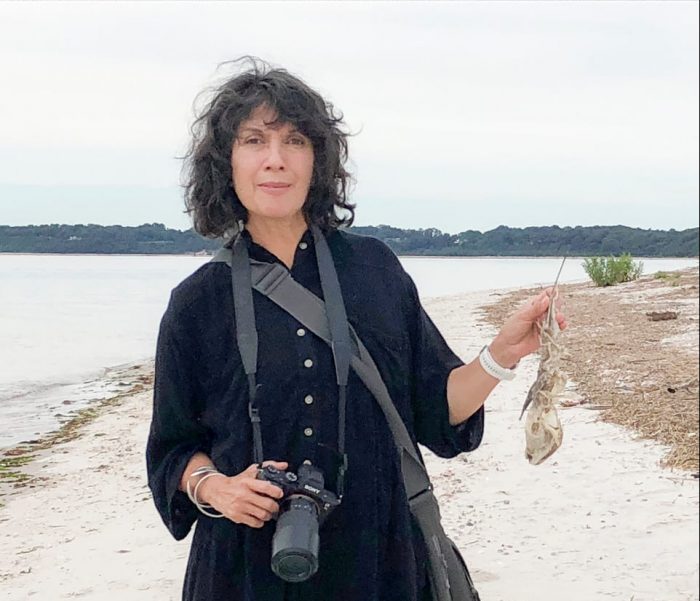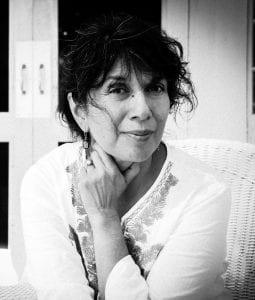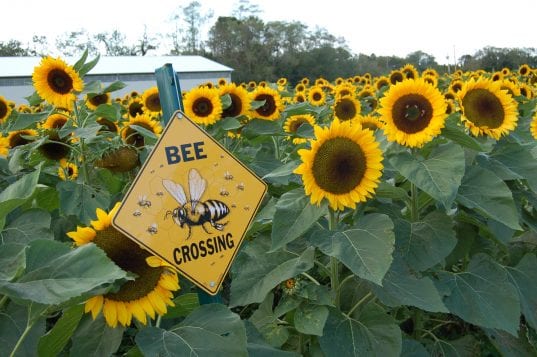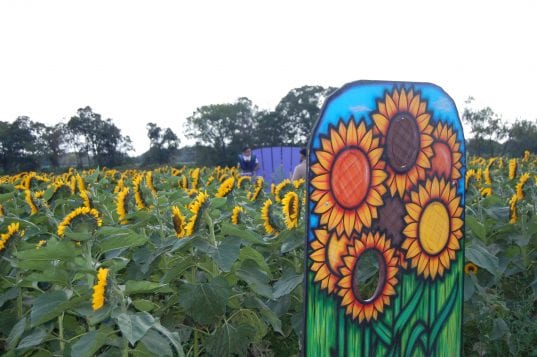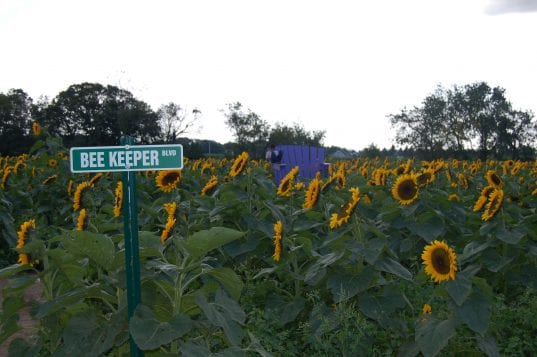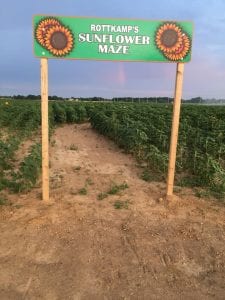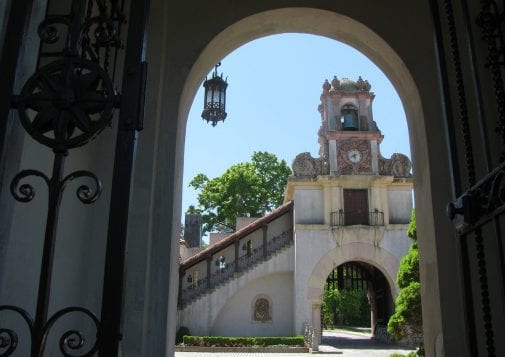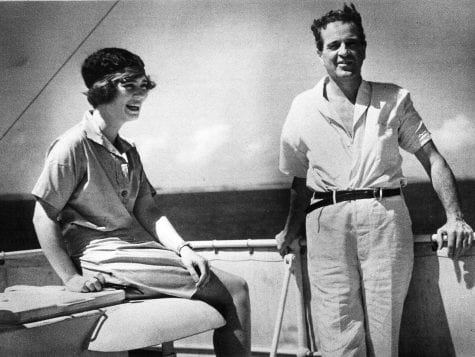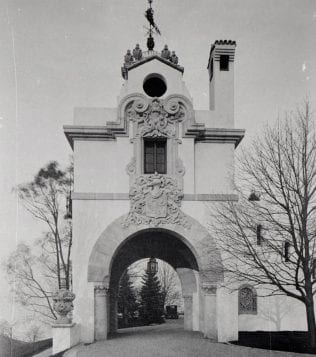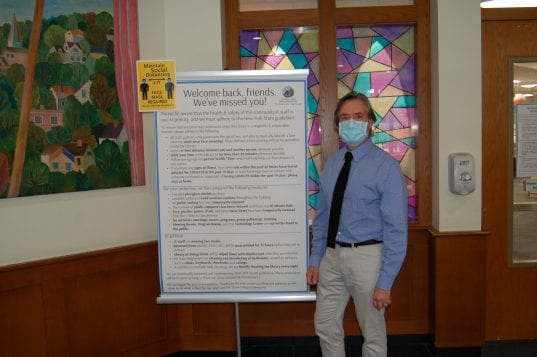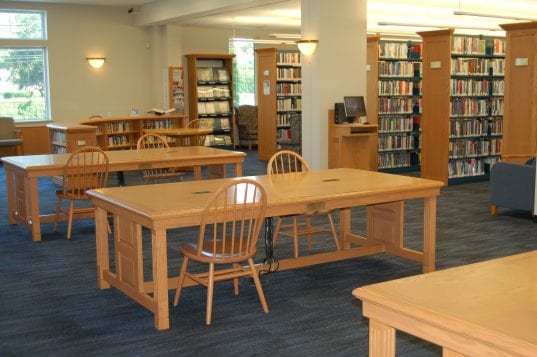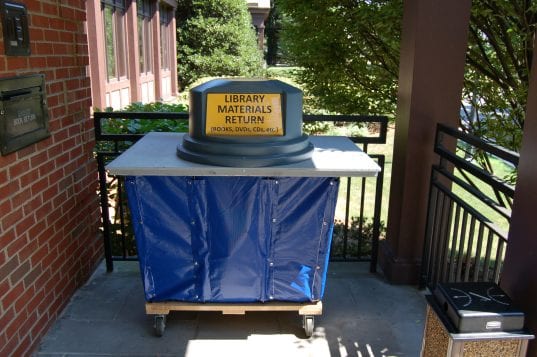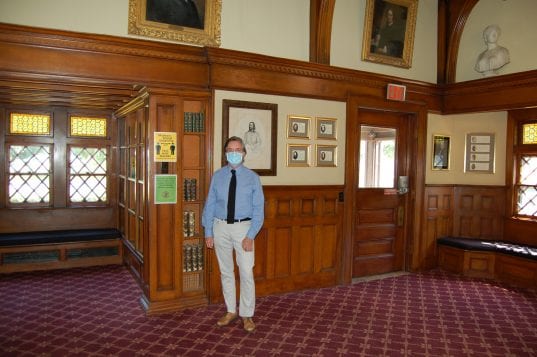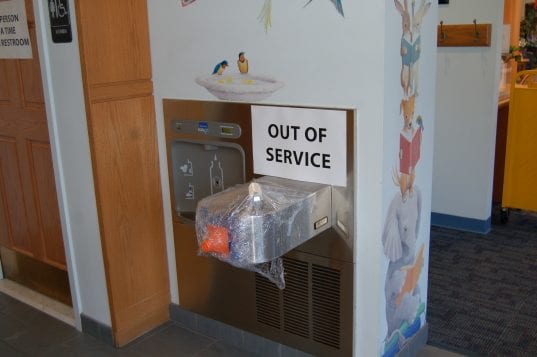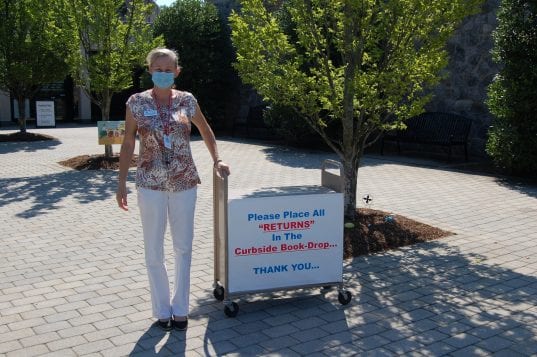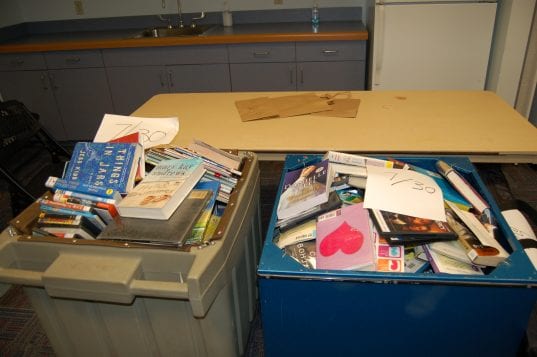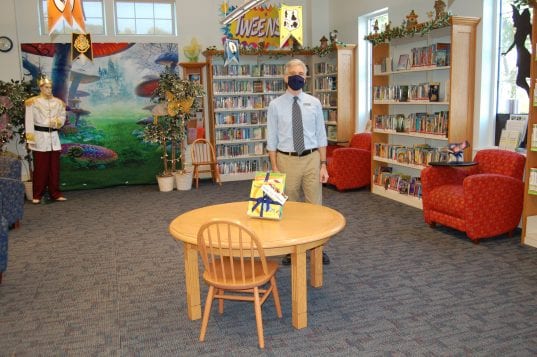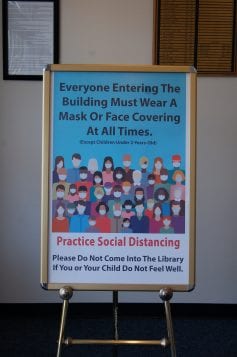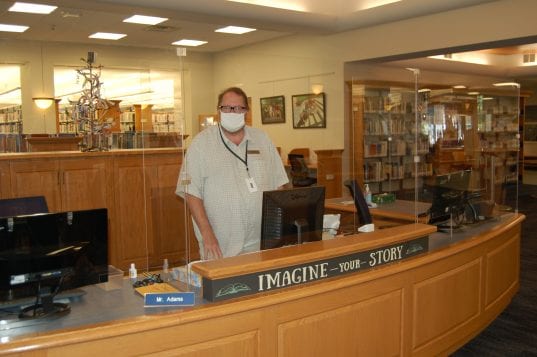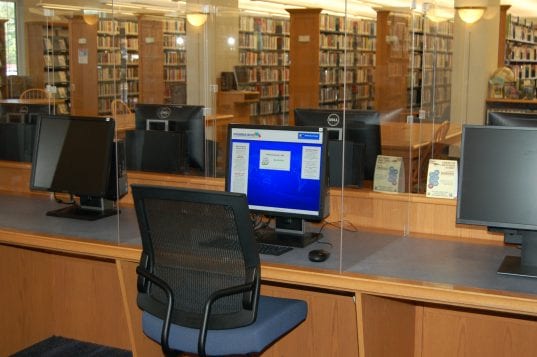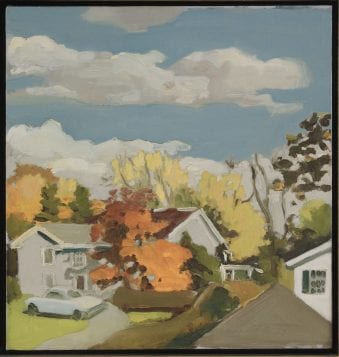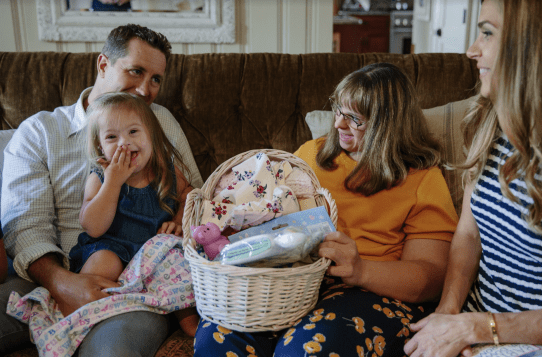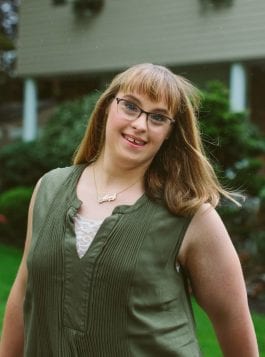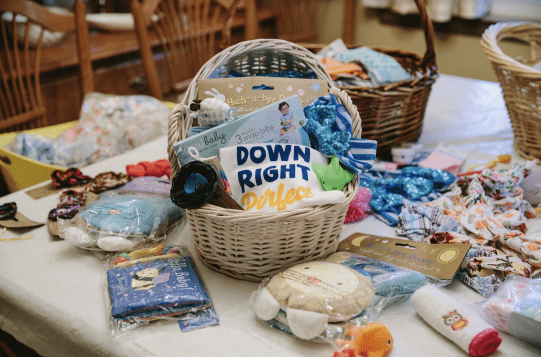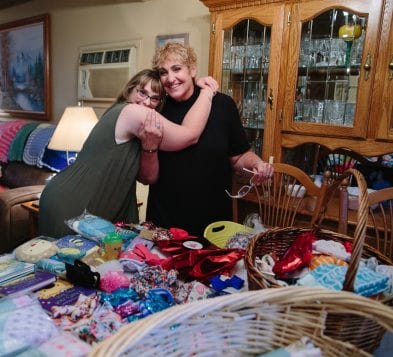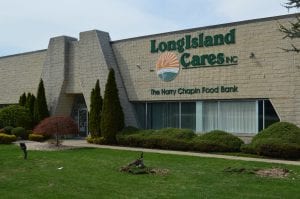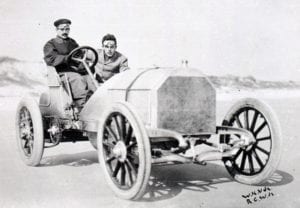Three Village teen talks Broadway experiences, new music release
By Melissa Arnold
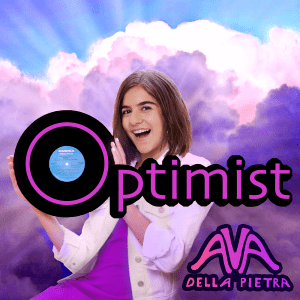
Fifteen-year-old Ava Della Pietra says she started singing as soon as she could speak. She loves performing no matter what form it takes, and her talents in music and theater have already given her incredible platforms. The Three Village local has toured with national theater productions and made her Broadway debut in School of Rock in 2015. These days Ava is focusing on her own music. Her new lyric video featuring her current single, ‘Optimist’, showcases her bright spirit and catchy songwriting skills, along with natural, powerful vocals. While she’s not quite sure yet what she’ll do after high school, one thing’s for sure: Ava’s future is a bright one.
Were you interested in music from an early age?
Yes, definitely. Everyone in my family played an instrument at some point -— I play piano, violin, guitar, bass and ukulele. My mom is also very musical, and I got involved in theater when I was very young. People would come up to my parents when I was 4 years old during a community theater production and they would say, “You need to get an agent, you need to try to get on Broadway.” After hearing it a couple of times, my parents started to take it more seriously, and my mom reached out to an agent. Eventually I got my first audition when I was six, and then when I was seven I got my first professional role as Little Cosette in the national tour of Les Miserables. Things kind of skyrocketed from there.
Where did you get your start? What local groups did you perform with?
My first performance was with a local community theater company called Performing Arts Studio in Port Jefferson (PAS), and then with Productions Over the Rainbow.
Why do you enjoy performing?
I really love seeing people’s reactions in the audience. As a songwriter, I appreciate being able to interact with the audience and look straight at them. I also love meeting people after shows and hearing what they have to say about my music. It inspires me to keep writing.
Who are some of your favorite singers?
I love Ariana Grande and Ed Sheeran. Lately I’ve also been enjoying Conan Gray.
What was it like being on Broadway and touring nationally at such a young age?
It was a great experience to have early on because it gave me a big boost of confidence in my abilities and taught me you can do anything you put your mind to. One of my favorite parts of that time was that celebrities would often come to see the show, then come backstage to meet the cast. I’ve gotten to meet Barbra Streisand, Stevie Nicks, and Jack Black. They each had their own perspectives to share. On Broadway, I played a swing in School of Rock, which meant I needed to study several roles and be ready to go on with sometimes a minute’s notice, even in the middle of the show. It’s really exciting and gives you such a rush of adrenaline.
You’ve written dozens of songs. Is it an easy process for you? Do you have a songwriting routine?
Songs tend to come to me at random moments, or when I’m feeling a strong emotion. Sometimes a melody or verse will come to me while I’m out writing my bike, and finish it up when I come home.
Where do you get your ideas from?
I like to write on themes that people can relate to — friendship, self-confidence, supporting one another, positivity, looking on the bright side. A lot of pop music today is negative, and I’m looking to make the kind of music that will make people feel good, and want to get up and dance.
What inspired you to write ‘Optimist’?
I wrote “Optimist” because there are a lot of problems that face society today. Optimism is about realizing that we are one community, and together, we can have hope for a better future. With everything going on in the world, we all need a little optimism right now.
What is your favorite line from the song?
My favorite line from my song is “Every cloud has a silver lining; look up, and we will find it.” This line captures the essence of my song since it talks about how we must take action, rise above, and know that we will be alright.
What type of response is the song getting?
I’ve gotten a lot of positive feedback! A bunch of radio stations are playing my song, and I’m getting notes from fans on social media or through my website talking about how much my song means to them. One guy sent me an audio recording of himself crying. He told me how my song brought him to tears because he really needed to hear some positivity. I love it when people reach out to me because songwriting is about spreading a message. Seeing how much my music impacts people’s lives makes me really happy!
How did you get to work with producers who have also worked with Ed Sheeran, Avril Lavigne, and other celebrity musicians?
Honestly, I just looked up who produced songs I really loved and reached out to them with a demo. It’s been very successful so far and I feel very fortunate to have gotten to collaborate with them.
Do you enjoy writing songs with others?
Yes, I really enjoy the collaborative process. It’s important for me to work with people who truly value my thoughts and opinions about where I want my music to go, and are willing to ask, “What do you think?” instead of changing a song into something that doesn’t fit with who I am.
How do you juggle school with your music ambitions?
It’s important to remember that it’s supposed to be fun and not get overwhelmed or stressed out about the opportunities that come. Before the pandemic, I would travel over my school breaks to where a producer was located and we would record a song over the course of a few days. Lately I’ve been doing a lot of songwriting from home by Facetiming producers and recording in my bedroom studio. The only difference is I’m not actually there with them!
What are you working on now?
My latest project has been reviewing popular songs. They are featured on a website called Teen Kid News and I also post the reviews on my socials. Also, I appear on a new cast album called “Secondhand Lions” — I sing several songs, including “You Have To See It To Believe It.”
Is music something you’d like to pursue for a career?
Music will always be a part of my life — I’m looking forward to releasing an album soon. I’m also very interested in science and medicine, so I can totally see myself being some kind of doctor or a surgeon. My hope is to continue releasing music to connect with others even if I pursue a different career.
To learn more about Ava Della Pietra, visit her website at www.avadellapietra.com. Follow her on Instagram @avadellapietra, on Facebook @avadellapietraofficial, and check out her latest videos on YouTube.


